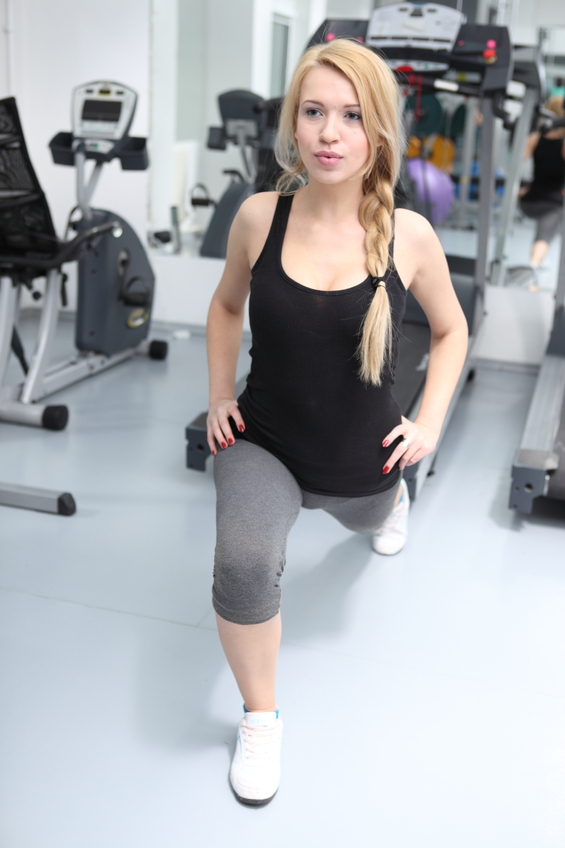Body Weight Exercises for Back
Body Weight Exercises for Back: Significance
Your back takes a beating every day – and deserves your care and attention. A strong back is a healthy back. Aesthetics aside, there are many small back muscles that support your spine and those that play a role in proper posture. You can work those at the same time as you are training the larger muscles with body weight exercises and/or isolate them with specific exercises that also involve your core, such as bird-dogs.
While there are dozens of effective body weight exercises to work your upper, mid and lower back muscles, you don’t want to spend your whole workout concentrating on one area of the body. Workout smarter and harder, not necessarily longer, for best results.
Body Weight Exercises for Back: Specifics
Bod y weight exercises give you opportunity to work multiple muscle groups at the same time. Work your upper back by squeezing your shoulder blades together during slow incline push ups, or the muscles that line your spine by doing alternating leg raises while performing a plank. Or alternate a standard plank with a superman.
y weight exercises give you opportunity to work multiple muscle groups at the same time. Work your upper back by squeezing your shoulder blades together during slow incline push ups, or the muscles that line your spine by doing alternating leg raises while performing a plank. Or alternate a standard plank with a superman.
For the following body weight exercises, you’ll need access to a bar, railing or even the jungle-gym at your local park. Be creative. Today’s jungle-gyms have platforms of varying heights, for more flexibility with your exercise choices. Performing a standard pull up (all variations) is an excellent exercise, but very difficult for most women that at first (without assistance and/or a partner). What do you do if you are working out alone or do not have a band to off-set some of your body weight? Try a self-assisted pull-up or a body row (technically an inverted row) instead. The emphasis is on your posterior deltoids and latissimus dorsi (upper back). The greater the incli ne or the less assistance you allow yourself, the harder the body weight exercises will be.
ne or the less assistance you allow yourself, the harder the body weight exercises will be.










